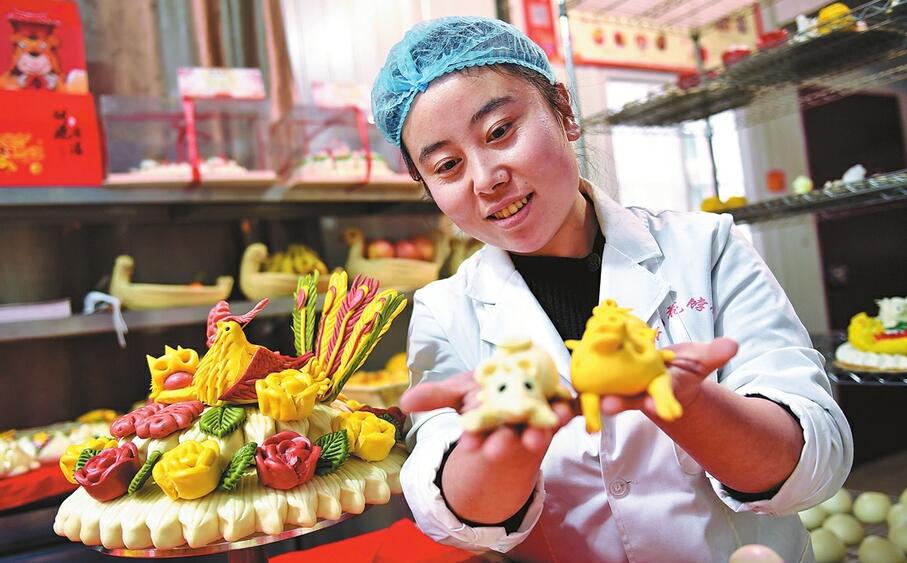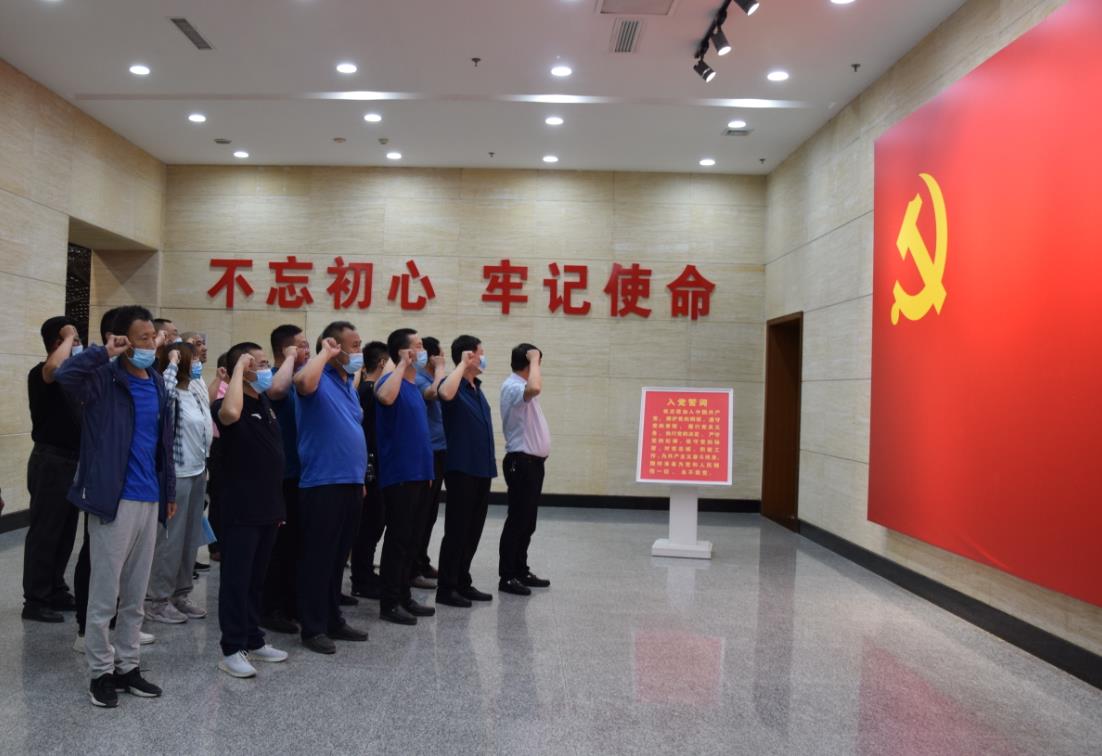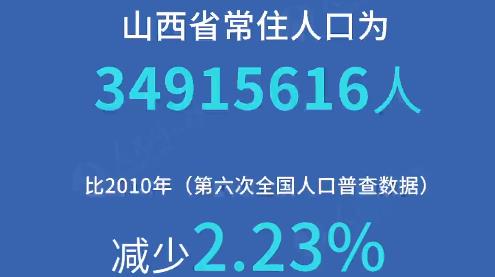
A young pastry chef from Ruicheng county, Shanxi province, shows off the huamo she created. XIAO YONGJIE/FOR CHINA DAILY
Shanxi people are well known for their passion in making food made from wheat flour, and in no better dish can that passion be found than huamo-steamed buns intricately decorated to celebrate the Lunar New Year.
Huamo created for the festival celebration are also called nianmo, or steamed buns for Chinese New Year.
Yang Aixia, owner of a Shanxi specialty shop in Jishan county, Shanxi province, and her aunt busied themselves making huamo in mid-January.
She used a plastic spoon to turn a coin-sized piece of dough into the shape of a petal, with 20 to 30 petals to be added to a single huamo rose.
"As Lunar New Year's Eve is approaching, we have received an influx of huamo orders, with the farthest scheduled for the eighth day on the first lunar month (which will fall on Feb 1)," Yang said.
"During these days, after our shop closes in the afternoon, my aunt and I will continue to work until midnight making huamo," she added. "Before, we needed about four to five 25 kilogram bags of wheat flour a day, but now we need seven to eight bags."
Duan Gaifang, a researcher of Shanxi's old customs, said, "Making nianmo is a major local custom celebrating Spring Festival in Shanxi, and is especially prevalent in the city of Yuncheng and its nearby regions."
As Yuncheng is a major wheat production center in the province, locals have developed more than 100 varieties of nianmo. In contrast, wheat yields are lower in the colder north of the province, where nianmo are made smaller and simpler, Duan said.
In the south of Shanxi, nianmo can also be given as a gift to family members and friends.
Dong Qiaolan, a 70-year-old resident in Yuncheng, is a huamo-making master, who first learned the pastry skills when she was 8.
"During the Spring Festival period, nianmo is always in bad need," she said. "We need to prepare nianmo until at least the fifth day on the first lunar month, or even 15th day on the month (which is usually taken the last day of the festival period)."
The longer the nianmo can last, the wealthier it represents the family is, Dong said.
Expertise in making huamo is not taught at vocational school but passed down generation by generation in families.
Li Xiaochuan, 28, from Wenxi county has earned a reputation as a rising star in the huamo circle. She has been invited to scenic sites for dough modeling performances.
"When I was a child, what I liked most was creating a dough dog, which after steamed would be presented in front of a statue of a god," she recalled.
After she grew up, she began to create far more than dogs. For instance, she would craft dough schoolbags for those that have children at campus, and wallets for businesspeople.
Wang Shimin, a writer from Yuanqu county, captured his childhood memory of Spring Festival in one of his works.
"After cockerels crowed three times in the early morning, the women awoke to prepare nianmo. As the first ray of sunshine shone in a residential yard at dawn, the women in the neighborhood would gather in the yard to make nianmo together. They made the buns into various shapes such as flowers, mountains and animals," he wrote.
"Charcoal-fueled fire, steam rising from ovens and the aroma of nianmo drifting around tell me Spring Festival is approaching."
Li Yali contributed to this story.
wangxin@chinadaily.com.cn
 山西路桥:党建引领 建好“四好农村路”山西路桥建设集团党委扎实开展“党建质量提升年”,实施“六大工程”,立足“十四五”高质量、高速度、高效益发展的战略基点,全面提高党建质量和党建引领发展水平,为打造“国内一流的交通基础设施投资、建设、施工现代化企业集团”提供坚强政治保障。
山西路桥:党建引领 建好“四好农村路”山西路桥建设集团党委扎实开展“党建质量提升年”,实施“六大工程”,立足“十四五”高质量、高速度、高效益发展的战略基点,全面提高党建质量和党建引领发展水平,为打造“国内一流的交通基础设施投资、建设、施工现代化企业集团”提供坚强政治保障。
 常住人口3491万 山西人口普查数据"出炉"山西省统计局向社会通报山西省第七次全国人口普查主要数据。数据显示,山西省常住人口为34915616人,比2010年(第六次全国人口普查数据,下同)减少2.23%,年平均减少0.23%。山西省常住人口总量减少,主要受人口流动变化等因素影响。
常住人口3491万 山西人口普查数据"出炉"山西省统计局向社会通报山西省第七次全国人口普查主要数据。数据显示,山西省常住人口为34915616人,比2010年(第六次全国人口普查数据,下同)减少2.23%,年平均减少0.23%。山西省常住人口总量减少,主要受人口流动变化等因素影响。